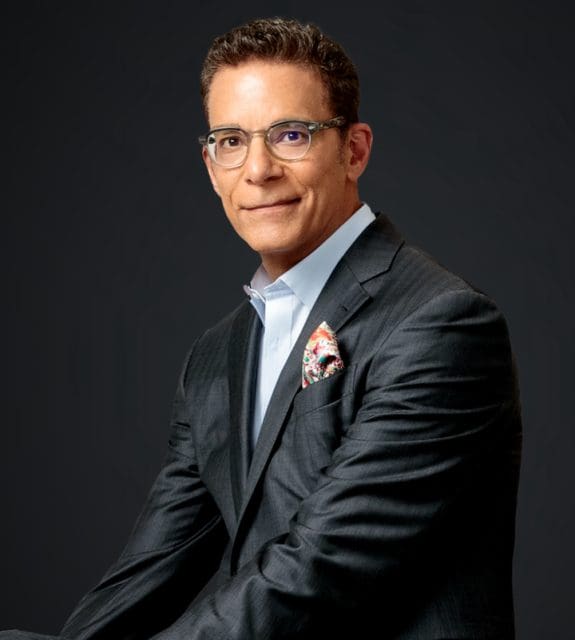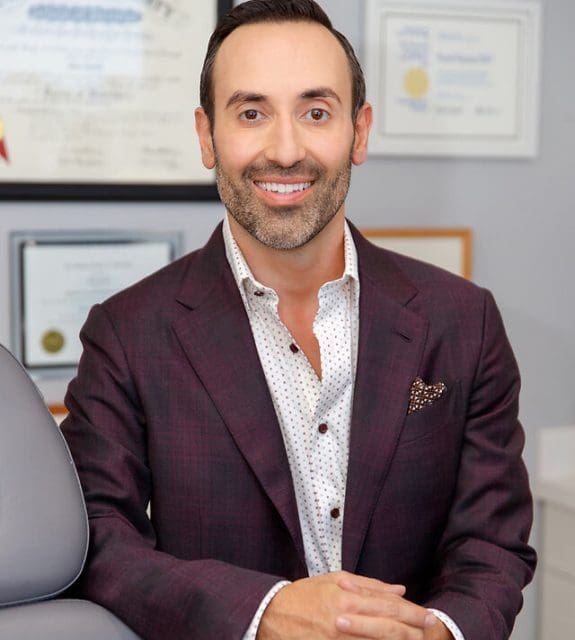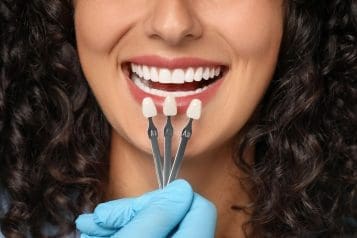Rhinoplasty, often hailed as the art of sculpting the nose, has long been associated solely with cosmetic enhancements. However, delving deeper reveals a multifaceted procedure that not only transforms appearances but also addresses functional aspects of nasal health. Let's navigate through common misconceptions surrounding rhinoplasty to distinguish fact from fiction.
 Photo Credit: Courtesy of 220 Selfmade Studio/Shutterstock
Photo Credit: Courtesy of 220 Selfmade Studio/Shutterstock
1. Myth: Rhinoplasty is only for cosmetic purposes. Fact or Fiction?
Fiction. While rhinoplasty undoubtedly enhances facial aesthetics, it's crucial to recognize its therapeutic role in improving nasal airflow. Beyond cosmetic alterations, rhinoplasty encompasses procedures aimed at rectifying nasal obstructions and facilitating smoother breathing. Surgeons undertake three primary rhinoplasty approaches: purely cosmetic, functional to correct airway obstructions, and a blend of both to enhance aesthetics while optimizing nasal function.
2. Myth: Rhinoplasty always results in a drastic change in appearance. Is this true?
Fiction. Contrary to popular belief, the objective of rhinoplasty isn't always a radical transformation. Rather, it often involves subtle adjustments to harmonize facial features and eliminate distractions. By rectifying prominent nasal features like dorsal humps, rhinoplasty unveils the innate beauty of one's face, drawing attention to other captivating attributes. The ultimate goal is not to dramatically alter appearance but to accentuate natural allure by removing visual distractions.
3. Myth: Rhinoplasty is a painful procedure with a long recovery time. What's the reality?
Partly Fiction. Rhinoplasty typically involves minimal discomfort, with many patients requiring little to no narcotic pain relief. While bruising and swelling may persist for one to two weeks post-surgery, patients generally resume normal activities within a fortnight. Aided by modern techniques such as tape and splint application to minimize swelling, recovery is often smoother than perceived. Although residual swelling in the nasal tip may persist for up to a year, patients experience a gradual return to pre-surgery comfort levels.
4. Myth: Rhinoplasty always involves breaking the nose. What are the different techniques, and is this always necessary?
Fiction. Nasal bone manipulation, including breaking, is a potent but not mandatory aspect of rhinoplasty. Various techniques, from traditional osteotomes and mallets to ultrasonic technology, cater to diverse surgical goals. While breaking nasal bones aids in reshaping and realigning them, it's not universally required. Surgeons tailor techniques based on individual anatomical nuances and desired outcomes, ensuring effective yet personalized interventions.
In essence, rhinoplasty transcends its portrayal as a purely cosmetic endeavor. Beyond reshaping noses, it restores nasal functionality, alleviating breathing difficulties and enhancing overall well-being. Dispelling myths surrounding rhinoplasty fosters a deeper understanding of its diverse applications, empowering individuals to make informed decisions about their nasal health and aesthetics.
For more information, visit Robert Morin, MD's social media:

























